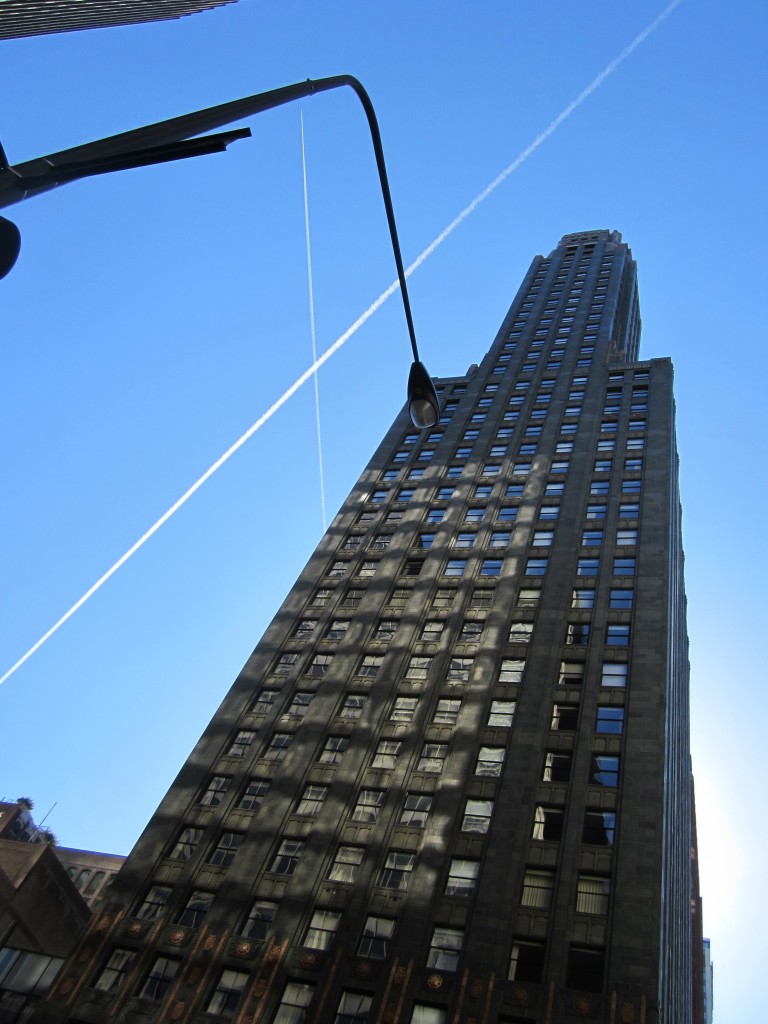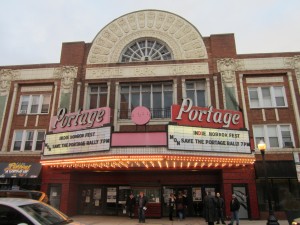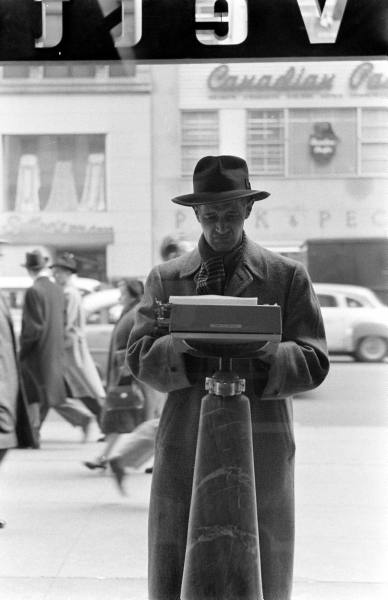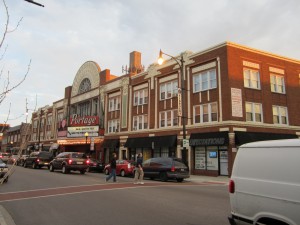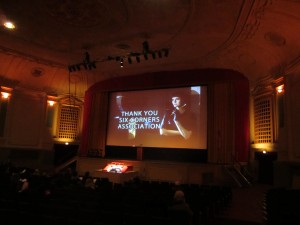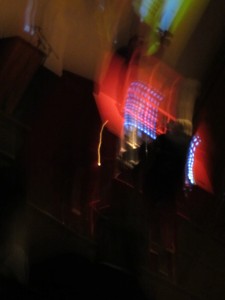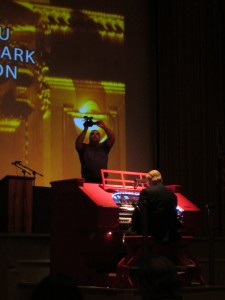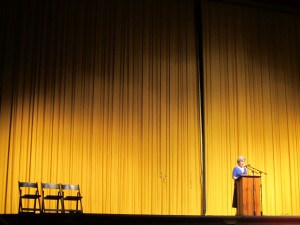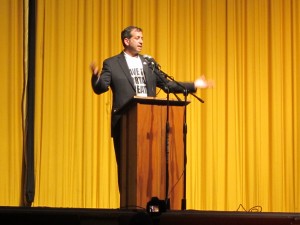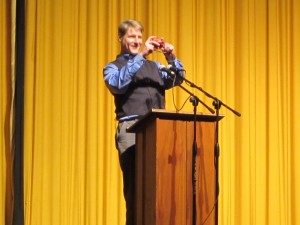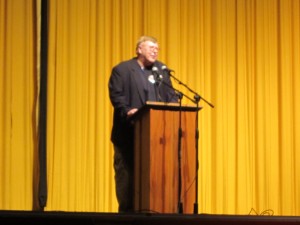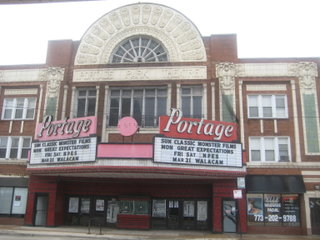By Dan Kelly
Once a tool-making, wheat-stacking, hog-butchering powerhouse, Chicago ditched its filthy work gloves and bloody apron long ago to become a buttoned-down, tie-wearing purveyor of finance, publishing, and tourist delights. Regarding the latter—and despite being regularly stripped for parts by the political and business elite—Chicago maintains sights and sites that continue to dazzle tourists from across the globe through gimmicky tours led by chipper guides infused with a perfervid passion for the Windy City most often found in End Times cult members—but with more Ferris Bueller references.
Unrelentingly proud of the architecture developers have yet to obliterate; splendid diversity of cultures, long kept separate but not always equal; and dark, violent criminal history made adorable by time’s distance—Chicago’s main tourist draws can be easily enjoyed on foot, by bicycle, via boat, or by becoming as one with a majestic flock of Segways. But truthfully, it’s all getting a bit predictable, isn’t it? After all, you can only point out the deep-dish pizza joint where Frank Lloyd Wright shot down Elwood Blues so many times before it becomes meaningless, can’t you?
With the segment of tourists drawn to secret menus and off-the-beaten-track* experiences in mind, here are some little-known tours for those seeking the actual authentically really genuine secret Chicago.
* Outside the borders of the area occupying the space between the Lake, State Street, Navy Pier and the Bean—also known as Rahmsylvania.
The Sadly Complete Architecture of Louie Sullenman
Architecture buffs flock to Chicago like moths to the flames of neglect, greed, and actual fire that consumed most of the city’s former grandeur in the last century. Be aware that this tour is not devoted to the 19th century prima-donna genius Louis Sullivan, whose vision transformed modern architecture. We’re talking about 20th Century building planner/mercenary idiot Louie Sullenman, fountainhead of an embarrassment of grotesque apartment complexes, industrial parks, skyscrapers, public housing, and double-decker outhouses that have scarred eyeballs with unimaginative design, lack of ornamentation, and a vicious disregard for the humans that live and work in them. Come see why even the most brutal of Brutalists uttered a tearful, howling “What hath God wrought!?!” after seeing Sullenman’s concrete and steel horrorshows. Unlike city darlings Sullivan, Burnham, Wright, and others, Sullenman’s entire catalog remains intact, arrogantly standing beside and astride the work of greater artists than himself, contemptuously flicking bits of air conditioning sweat and pigeon excrement onto them all year round. This is an interactive tour in which participants are given sledgehammers and torches and ordered to try and destroy the architectural beasts, quickly learning that Sullenman’s scabrous eyesores cannot be destroyed, and will exist long after the last of us perishes from the earth.
Chicago River Slog
Get ready to pull on your waders, slip into your wet suit, strap on your goggles, and seal every orifice with industrial strength filtration devices. You’ve seen the city from the Chicago River boat and kayak tours; now get your hands, legs, abdomen, neck, and that little grooved space just below your nose dirty as you explore the river’s wet, bubbling, viscid history. Wade through the mighty backwards-excreting waterway’s two centuries of garbage, filth, cattle bones, and human waste. Become one with history as the muddy (you hope, you pray) river bottom sucks you down deeper with each step, down to dwell amidst the trash, algae, and undead swamp-mobsters.
Walk the 666
After the successful conversion of the old Bloomingdale Line railroad track into the 606 greenway, doodad-loving Chicagoans and equally thrilled alderman begged for another elevated human cattle chute. Easily entered on the Lincoln Park lakefront and various notches along the boulevard system’s hipster belt, the 666 is a self-contained walkway that rises 100 feet above the rubble and rabble of Chicago’s most neglected neighborhoods. Power walkers, militant bike riders, hover board goofballs, and attention-hungry powered unicycle dumbasses can glide safely through a leafy green comfort zone, blithely unbothered by less politically connected Chicagoans gazing up at them, wondering why funding can’t be found for their schools and local infrastructure.
Just the Touristy Crap
Ready to take a selfie in front of the Bean while stuffing your deep dish pie hole? Itching to hear genuine Chicago Bloozeâ„¢ music without leaving the safe confines of the Navy Pier Ferris wheel? Get it over with quick in this special enclosed area so we don’t have to look at you. Please.
Cthonic Cthicago
The next step for participants in the city’s celebrated underground pedway tour. Go deeper, beyond the network of tunnels that enable Chicago downtown workers and vampires to purchase coffee and donuts beneath the sidewalks, avoiding precipitation and the accursed purity of the sun’s rays. Discover a blighted honeycomb of caverns, crevasses, and crypts three miles below City Hall, where the city fathers once wove unspeakable pacts with the terrifying Lake Michigan lizardfish race (several of whom continue to hold aldermanic positions, ruling their wards with an iron flipper, decade after hellish decade).
The Running of the Schools
Hola, mi amigos. ‘Tis the Feast of St. Swerski. Garb yourself in the traditional white shirt and trousers, tie red scarves about your waist and neck, and test your mettle in the annual Running of the Schools. Several thousand teachers, parents, and students will be released into the city streets and driven toward Soldier Field, in hopes of finding placement in a charter school, continued employment…or a glorious death. When the second rocket goes off, you and your fellow runners will race before a thundering herd of confused children, incensed parents, and striking educators driven to a mad frenzy by mounted politicos and CPS officials, jabbing them with brightly festooned lances, banderilla, and assessment tests. Beware of goring from their #2 pencils, and take heart that this is the best possible way to educate children. Isn’t it pretty to think so?
Virtual Lucas Museum
Our mayor has had a vexing time selling the city on the Lucas Museum of Narrative Whatever the Hell. His biggest obstacle? Disgruntled sane people who see little benefit in selling off a chunk of the lakefront so upper-class elites can build a structure that resembles the haloed remains of a melted snowman. Now everyone can see what George and Rahm see when they close their eyes with this virtual tour helmet! Walk the Soldier Field parking lot and enjoy a 360° view of the lumpy looking museum. Enter it and be dazzled by Lucas’ collection of Norman Rockwell paintings, abundant kitsch, and maybe…some droids or film props? It’s not real clear at this point, but it’ll inspire local school kids to dream great big future dreams, or something. Look, George has his heart set on the lakefront. Give it to him. Now.
Sansmelanin Park
A truly untouched Chicago curiosity, the neighborhood of Sansmelanin Park was founded in 1888 by paint magnate Mr. Chalkworth H. Sansmelanin to keep, you know, “them” out. Right? (Wink) “THEM”.
Wanting as colorless a neighborhood as inhumanly possible, Mr. Sansmelanin and his fellow Sansmelaninidiots first built the Northeast Side village, then whitewashed it from top to bottom. Houses, churches, stores, schools, chicken coops, gardens, lawns, pets, citizens…the whole kit and kaboodle—white as a white supremacist polar bear in a bigoted blizzard. Sansmelanin whitewash, of course, was later discovered to contain large chunks of lead, arsenic, mercury, cobalt, barium, and a bit of radium, because it looked so damned cool in the dark. Eventually the village population turned so white as to become transparent before expiring en masse. Sansmelanin got his wish though, in that no human life, dark-skinned or otherwise, can live there. Tours last 20 seconds. Visitors are asked to bring their own Level A hazmat suits and, for God’s sake, not to touch anything.
Tomorrow’s Crimes of Yesterday Today Tours
Inspired by popular tours highlighting the city’s colorful gangster past and corrupt near-past, tour-goers will behold the city’s neglected and pockmarked backside up close. Participants can look forward to viewing actual drug deals, armed robberies, and general bloodshed. Watch the flower of Chicago’s youth cut down in their prime from the safety of our armored bus. Participants will enjoy all the blight and neglect they can stomach while nervously hoping to reach Lincoln Park intact. Cap off the tour by enjoying ironically named cocktails and appetizers while viewing locally produced, hand-tooled interrogation techniques at Homan Square before you are never seen again.
Why the Hell Is Nothing Happening Tour
Glide through Chicago’s most untouched neighborhoods, notable for their utter lack of theme bars, restaurants, shopping centers, and identifiable features. From Mayfair to Jefferson Park to Bowmanville to Edison Park to Hegewisch (which is totally not made-up) explore the City That Works through the Neighborhoods Where Fuck-All Happens. Visit completely cachet-free diners and tap rooms and sample local delicacies like Bud Light, uninspired BLTs, overcooked burgers, and the soggiest italian beef sandwiches you’ve ever slid your teeth through. See juxtaposed bungalow after bungalow until your brain screams at you to stop. Watch authentic Chicagoans gape at you from their porches and windows, wondering why you’re driving the wrong way down their street before they call the cops, pound out terrified posts on Everyblock, or approach your car with a softball bat.

